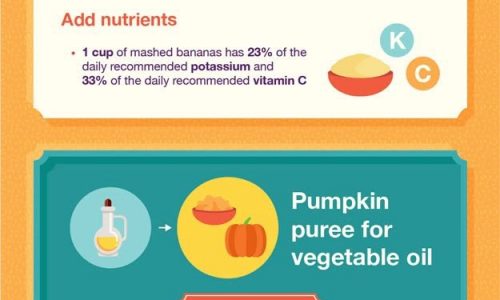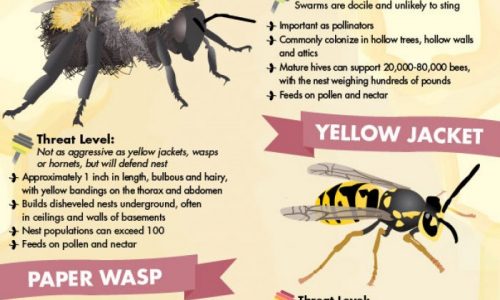
Anyone who has dealt with mental health issues can tell you the stigma is real. It’s even harder to be a teenager dealing with mental illness while navigating puberty and other confusing changes.
1 in 5 young adults have a mental illness, and 7 out of every 25 teen girls have an eating disorder. Just in Canada, 4,000 teenagers commit suicide every year.
Eight out of 100 teens report having serious depression, and 8% have an anxiety disorder. This may not sound like a ton, but when you consider that 2 out of every 25 teens are dealing with mental health issues, it puts things in perspective.
Statistically speaking, a high school teacher will have at least two students in each class period suffering from mental illness.
Most sobering? Only 20% of teens get the help they need. That number is even lower for teenagers with substance abuse problems and eating disorders.
Once someone is ready to get help, what options are available to them? Thankfully, most doctors take a holistic approach these days. Our post on electroshock therapy talks about some of the more extreme options for mental health treatment through history.





